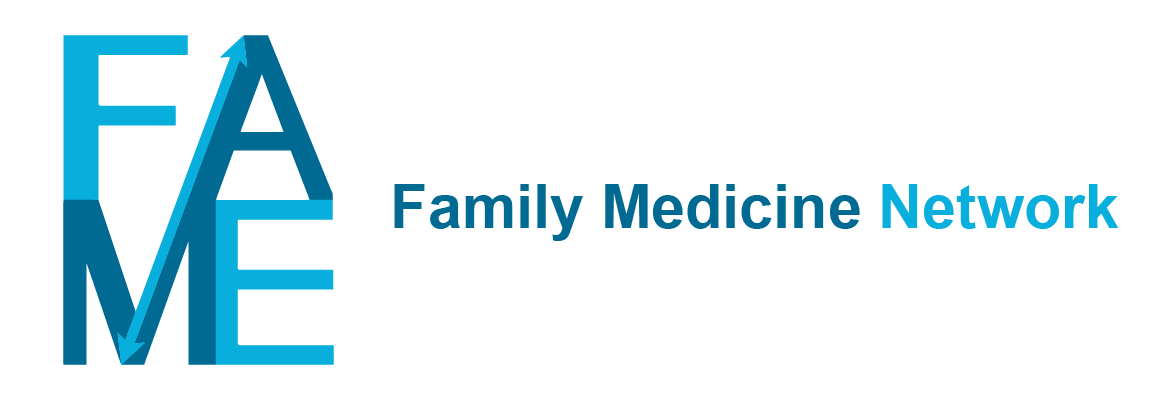Blepharitis is an inflammation of the eyelid, usually localised on the inner part around the Meibomian glands (posterior blepharitis) or at the base of the eyelashes (anterior blepharitis). Meibomian glands (modified sebaceous glands) secrete the oily layer in the tear film which is essential for eye lubrication. Inflammation may be associated with changes in keratinisation in the glands, causing them to produce lipids with altered composition, resulting in toxic effects on the eye surface, a unstable tear film and an environment facilitating bacterial growth. In anterior blepharitis, Staphylococci and Demodex seem to play a role. Chronic skin diseases such as rosacea, seborrhoeic dermatitis, eczema and psoriasis may predispose one to blepharitis. (Contact) allergens and cigarette smoking may trigger or exacerbate it. Blepharitis occurs mostly bilaterally, sometimes asymmetrical. It is a clinical diagnosis. Blepharitis tends to recur.
Symptoms are red or pink swollen eyelids with a scaling of the skin and crusts around the eyelashes. Burning or itchy sensations and excessive tearing may occur. Eyelid hygiene is the most important aspect in the treatment of blepharitis. Irritants and allergens (e.g. cosmetics and contact lenses) should be avoided. Artificial tear eye drops are often needed for associated symptoms of dry eyes. Topical antibiotics are advised when initial treatment fails after a few weeks. Referral to an ophthalmologist is needed only in severe cases.
Blepharitis should be distinguished from conjunctivitis, in which there is erythema of the eye instead of the eyelid. However, the two conditions can occur together.
Hordeolum and chalazion are unilateral nodular lesions of the eyelid. Both are diagnosed based on the typical clinical picture.
A hordeolum (stye) is an acute inflammation of a gland in the internal or external surface of the upper or lower eyelid, often caused by bacteria (mostly Staphylococcus aureus). It presents as a tender, swollen, erythematous nodulus, which may be purulent. Often spontaneous improvement occurs within two weeks but warm compresses may help to accelerate perforation, resulting in pain relief. (Topical) antibiotics are usually not necessary but preseptal (preorbital) cellulitis is a relatively rare but serious infection and requires oral antibiotics.
A chalazion is a sterile lipogranuloma caused by an obstructed Meibomian gland. It presents as a subcutaneous swelling in the eyelid, most commonly the upper eyelid. The swelling is painless, firm and often small in size. Typically, spontaneous improvement occurs after several months. Warm compresses and massage can facilitate drainage of the obstructed gland. Therapeutic options for chalazia that do not improve spontaneously are intralesional corticosteroid injection or surgical removal. These can be performed by a GP with sufficient expertise or by the ophthalmologist after referral.
The ICPC-2 classification uses the code F72 for all three eyelid conditions. Therefore, based on the ICPC code, it cannot be distinguished which specific eyelid condition has been diagnosed. In FaMe-Net, additional coding with ICD-10 does specify blepharitis, hordeolum or chalazion so that the distinction is possible in additional data extraction. Eyelid conditions should be distinguished from conjunctivitis. Infectious conjunctivitis is coded F70. Allergic conjunctivitis is coded F71. Conjunctivitis with toxic cause is coded with F79 (other eye injury).
Blepharitis, hordeolum and chalazion (F72 together) have an incidence of 13.0 per 1000 patient years (13 new diagnoses per 1000 patients per year), with a higher incidence over 45 years of age. Link/Figure 1
Prevalence of blepharitis, hordeolum and chalazion is 14.1 per 1000 patient years, meaning that among 1000 patients in a year, 14 persons seek help from their GP for these conditions. Link/Figure 2
Incidence and prevalence numbers are close together, suggesting that only a few episodes of eyelid conditions require repeated GP involvement and that most episodes are handled within a short time interval.
Incidence and prevalence are higher in women than in men. The sex difference is most pronounced in the oldest age group (75+) where the incidence and prevalence numbers for women are almost double those for men. The time trend graph suggests that sex difference has grown in recent years: incidence and prevalence in men remained quite stable from 2014-2021 but in women an increase appeared from around 2014-2015. We do not have an obvious explanation for this observation.
Blepharitis, hordeolum and chalazion (coded together as F72) are relatively common conditions, at position 37 in the list of most common incident diagnoses. For patients aged 45-64 years, the condition is ranked 24. Link/Table 3
The most common initial reason for encounter (RFE) for blepharitis, hordeolum and chalazion are eyelid symptoms (F16), in 27% of all episodes. The second most common RFE is a self-diagnosed eyelid condition (F72), in 20% of episodes. Other important RFEs are a red eye (F02), a painful eye (F01) or an abnormal appearance of the eye (F15). Link/Table 4 In older patients, eye discharge (F03) is another common RFE. Link/Table 5
Apart from health education, the most common intervention for eyelid abnormalities presented to the GP is a prescription (*50), which occurs in 57% of episodes. Only 1% of cases result in incision / drainage (*51), excision (*52) or local infiltration (*55) by the GP. Referrals (*67) occur in 7% of episodes. Link/Table 6 These involve referrals to the ophthalmologist and, in rare cases, to the dermatologist. Link/Table 7
Prescriptions mostly concern topical antibiotics (e.g. chloramphenicol or fusidic acid), in 48% of the episodes. ‘Other ophtalmological’ prescriptions (S01XA) include artificial tears and are prescribed in 4% of instances. Combination eye drops of corticosteroids and antibiotics are prescribed in 2% and antiallergic eye drops in 1%. Link/Table 8
Van Leeuwen Y, Van den Maegdenbergh M, Van de Pol BAE, De Waard J. Oogheelkunde (uit de reeks ‘Praktische huisartsgeneeskunde’). Bohn Stafleu van Loghum, Houten, 2016
Dutch guideline: https://richtlijnen.nhg.org/behandelrichtlijnen/hordeolum-enchalazion#volledige-tekst (2017)
Ghosh C, Ghosh T. Eyelid lesions. In: UpToDate, Jacobs DS, Givens J (Eds), UpToDate, Waltham, MA, 2023
Shtein RM. Blepharitis. In: UpToDate, Jacobs DS, Givens J (Eds), UpToDate, Waltham, MA, 2023 Patient information leaflet: www.thuisarts.nl/ontstoken-ooglid-randen
